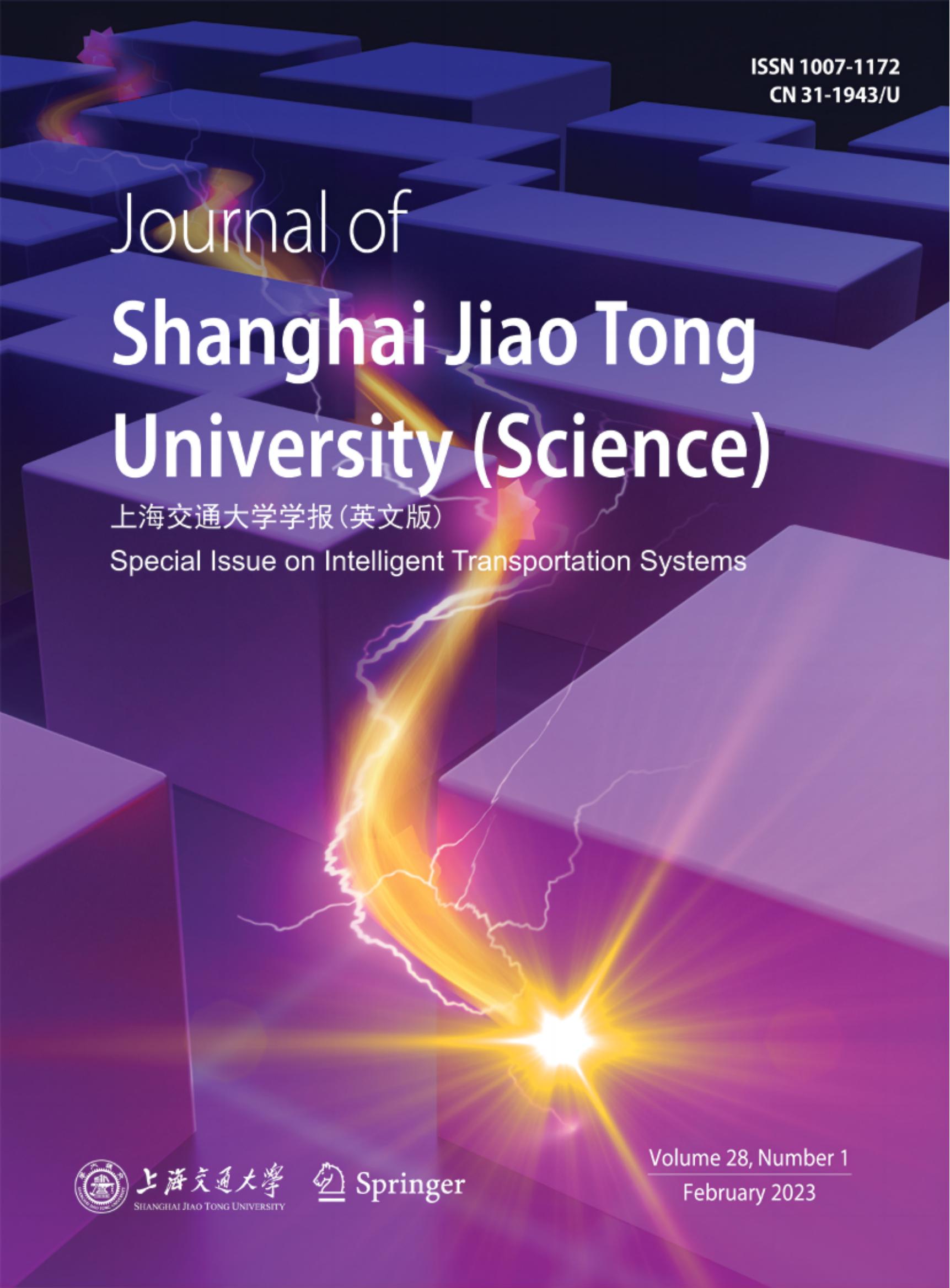|
|
Infrastructure-Based Vehicle Localization System for Indoor
Parking Lot Using RGB-D Cameras
CAO Bingquan1,2,3 (曹炳全), HE Yuesheng1,2,3∗ (贺越生),
ZHUANG Hanyang4 (庄瀚洋), YANG Ming1,2,3 (杨 明)
2023, 28 (1):
61-69.
doi: 10.1007/s12204-023-2569-z
Accurate vehicle localization is a key technology for autonomous driving tasks in indoor parking lots,
such as automated valet parking. Additionally, infrastructure-based cooperative driving systems have become a
means to realizing intelligent driving. In this paper, we propose a novel and practical vehicle localization system
using infrastructure-based RGB-D cameras for indoor parking lots. In the proposed system, we design a depth
data preprocessing method with both simplicity and efficiency to reduce the computational burden resulting
from a large amount of data. Meanwhile, the hardware synchronization for all cameras in the sensor network is
not implemented owing to the disadvantage that it is extremely cumbersome and would significantly reduce the
scalability of our system in mass deployments. Hence, to address the problem of data distortion accompanying
vehicle motion, we propose a vehicle localization method by performing template point cloud registration in
distributed depth data. Finally, a complete hardware system was built to verify the feasibility of our solution in a
real-world environment. Experiments in an indoor parking lot demonstrated the effectiveness and accuracy of the
proposed vehicle localization system, with a maximum root mean squared error of 5 cm at 15 Hz compared with
the ground truth.
References |
Related Articles |
Metrics
|

